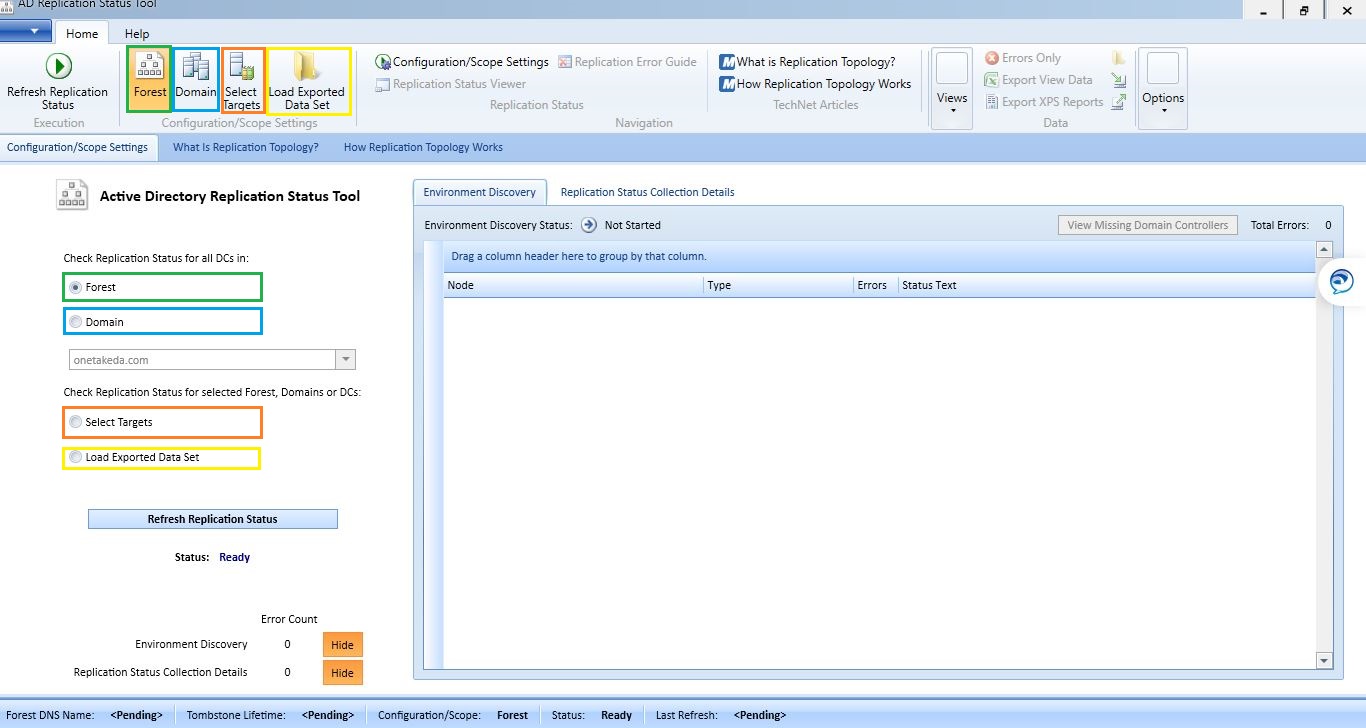 Active directory replication is important for active directory infrastructure. We have command line tool "REPADMIN" and this will help us to check the AD replication status and offers lot many like sync AD partitions, identify / remove lingering objects, showmeta and etc....,
Active directory replication is important for active directory infrastructure. We have command line tool "REPADMIN" and this will help us to check the AD replication status and offers lot many like sync AD partitions, identify / remove lingering objects, showmeta and etc....,
In this article, we are going to see Active Directory Replication Status Tool, this is a small but very handy GUI tool was published by Microsoft.
This tool help us to analyze the replication status of entire active directory environment.
Benefits:
- Automatically discover all domain controllers in your environment
- Expose Active Directory replication errors occurring in a domain or forest
- Prioritize errors that need to be resolved in order to avoid the creation of lingering objects in Active Directory forests
- We can get the output in GUI which we get from the command REPADMIN /SHOWREPL * /CSV.
- Find Replication Errors in GUI and will give a quick report about Ad replication errors.
- We can run this tool for a domain or entire forest,
- Help administrators and support professionals resolve replication errors by linking to Active Directory replication troubleshooting content on Microsoft TechNet
- Allow replication data to be exported to source or destination domain administrators or support professionals for offline analysis
Limitation:
- Active Directory Replication Status Tool only give the replication status of our AD environment. It will not give all the option which we have in REPADMIN. like.. replicate AD partition/sync.
AD Replication Status Tool prerequisites:
- .NET Framework 4.0.
- Access to all domain controllers from the machine you run the AD Replication Status Tool.
- A domain user account which can be member in any of the domains in the forest.
- AD Replication Status Tool installed machine must be joined to a domain in the forest.
- Cannot be run from Server Core.








No comments:
Post a Comment